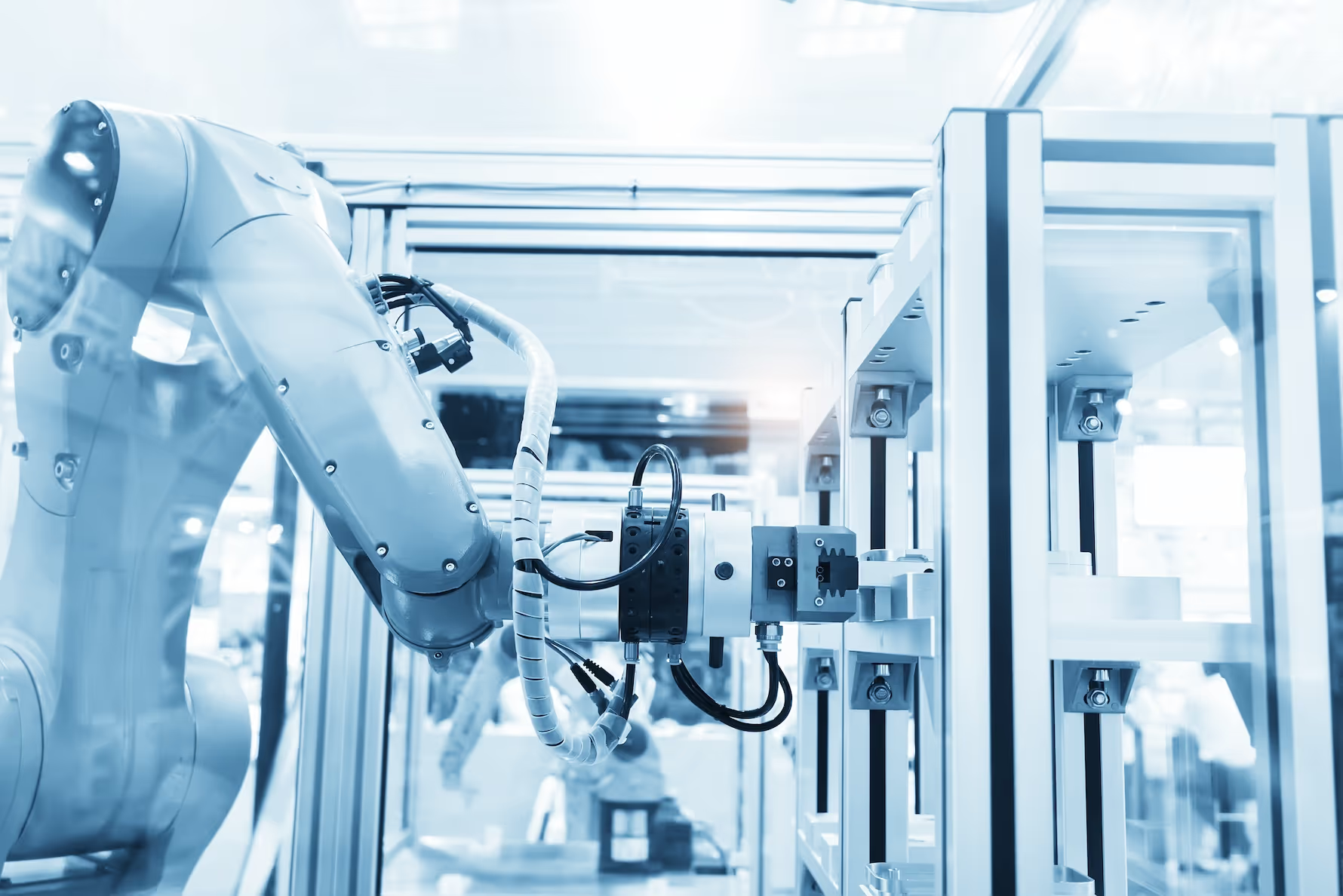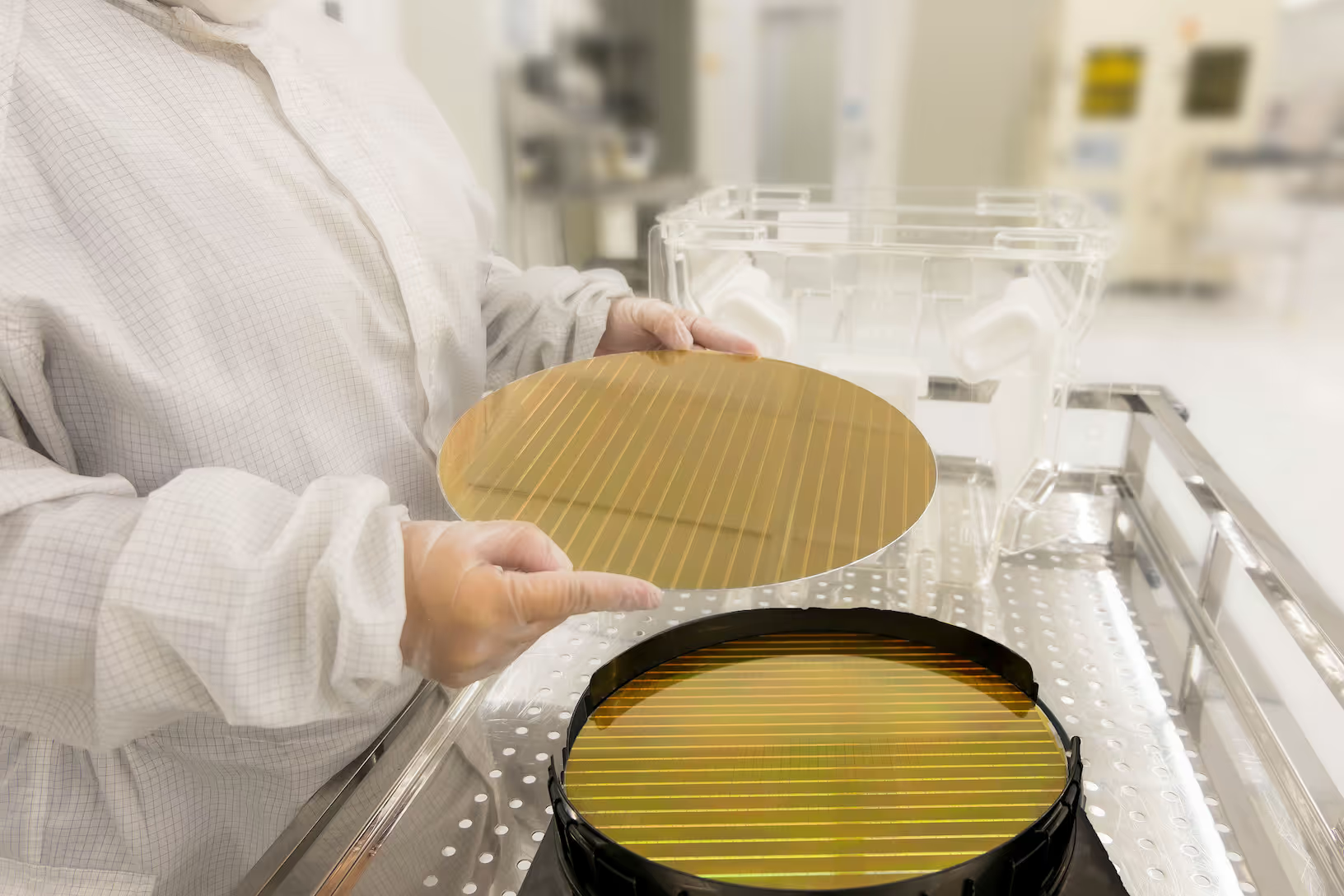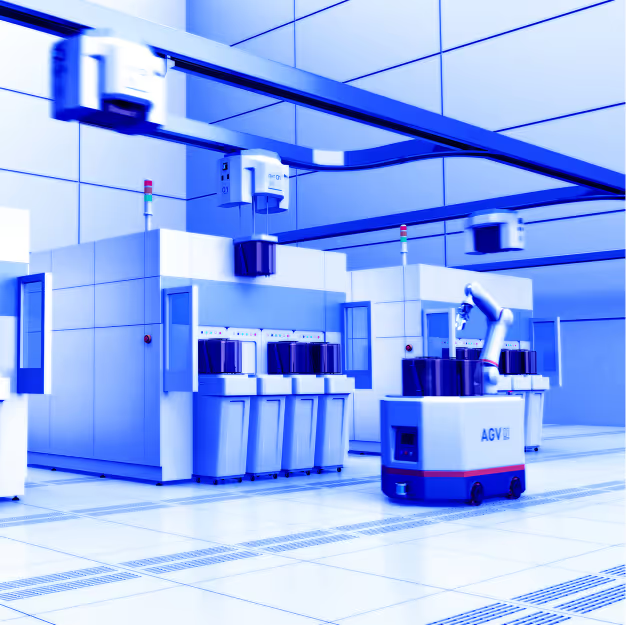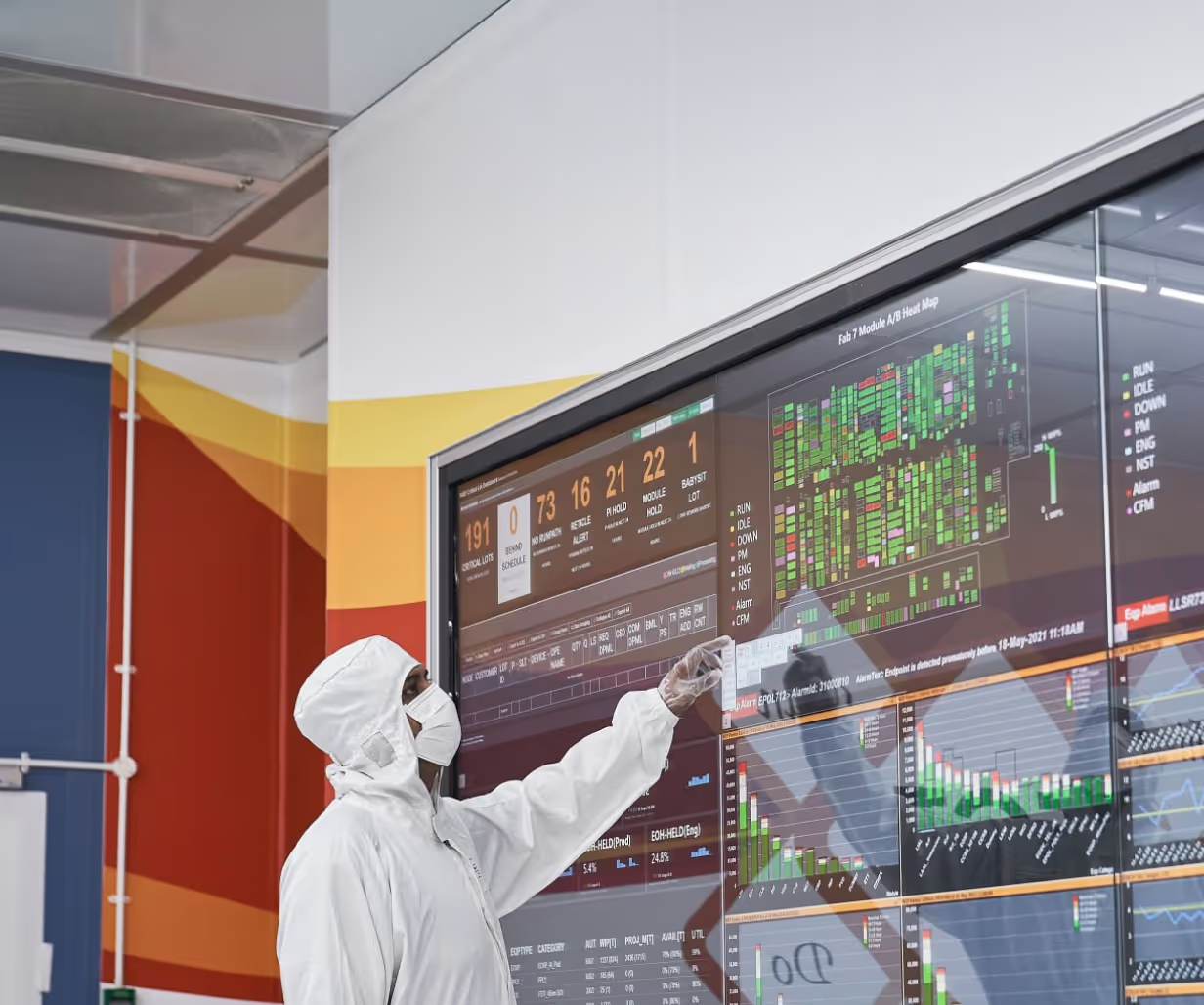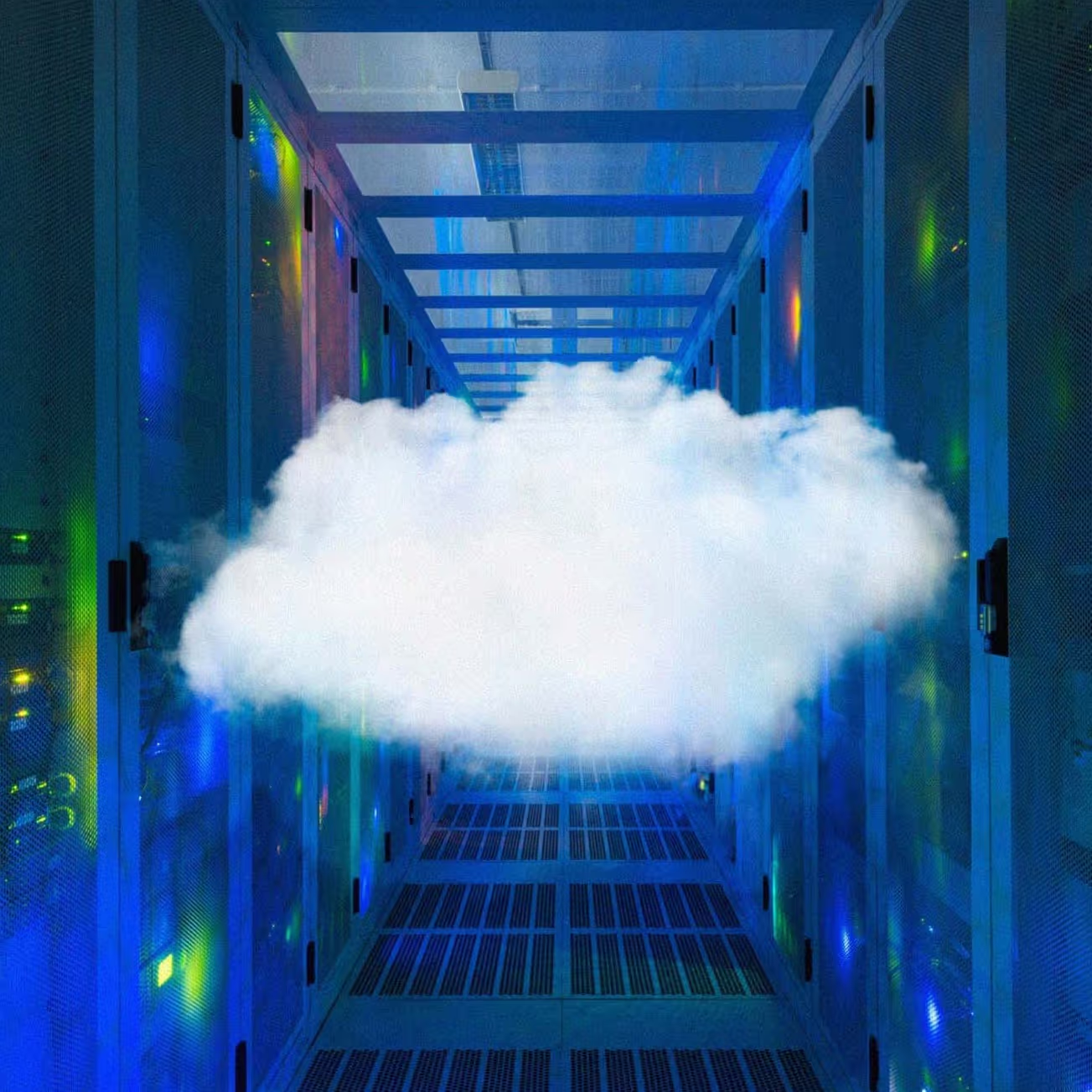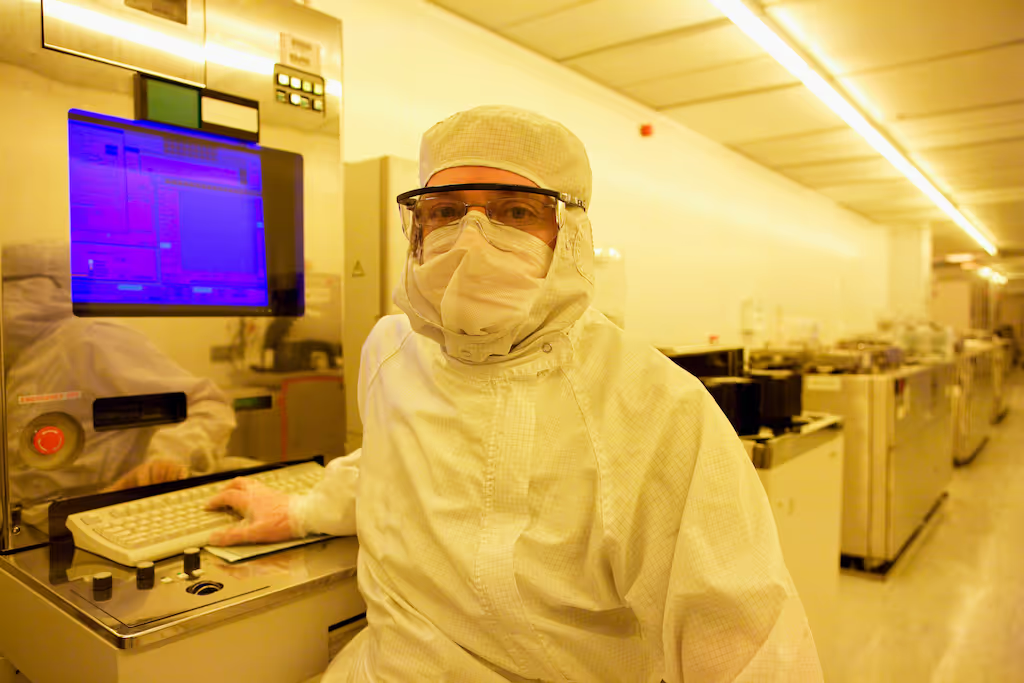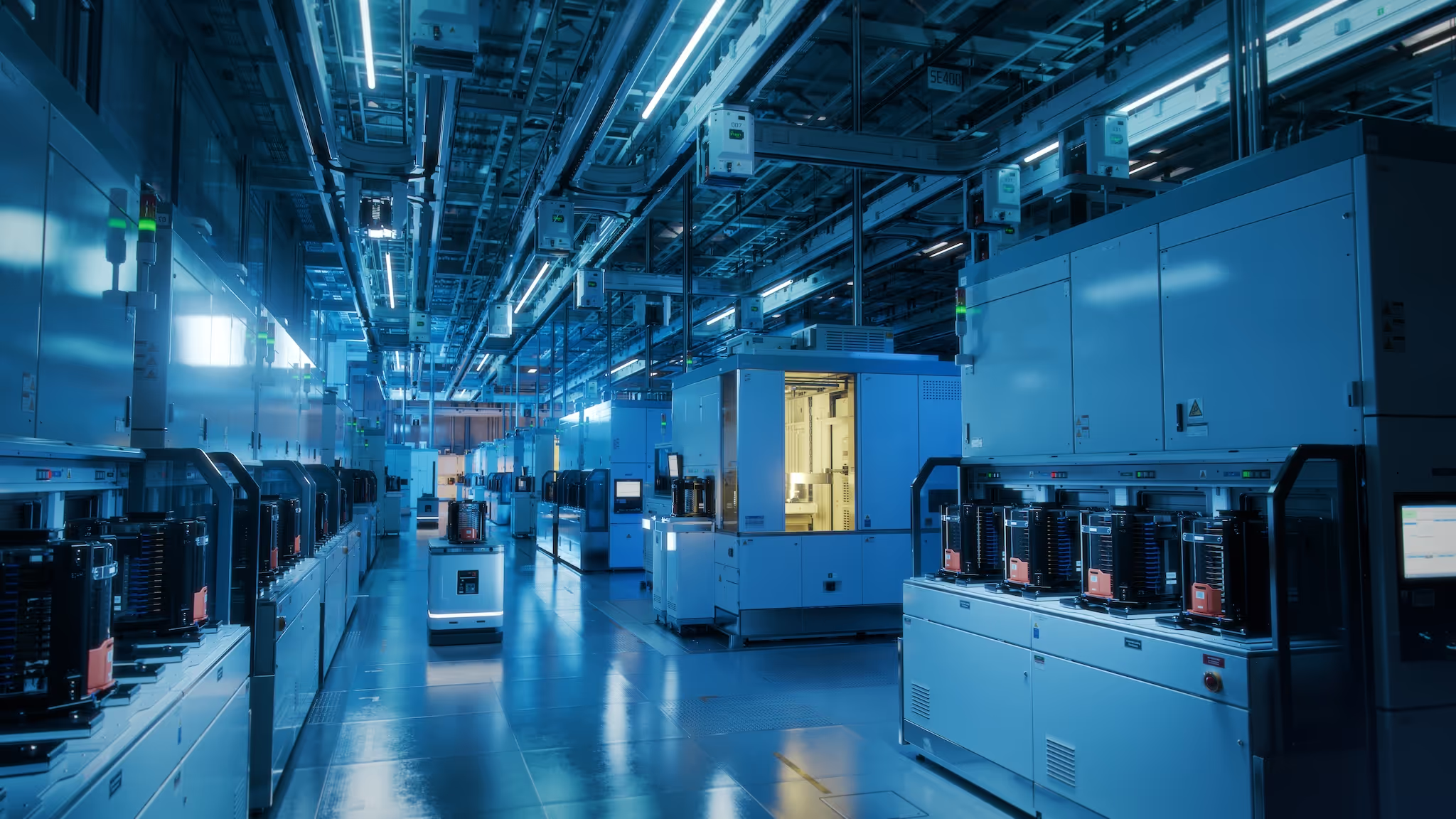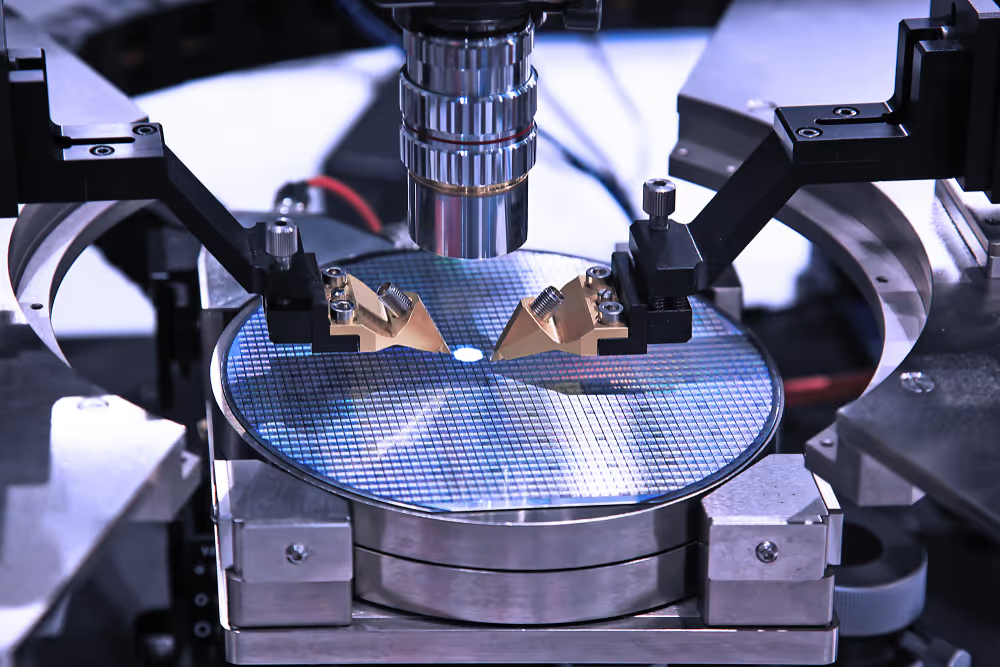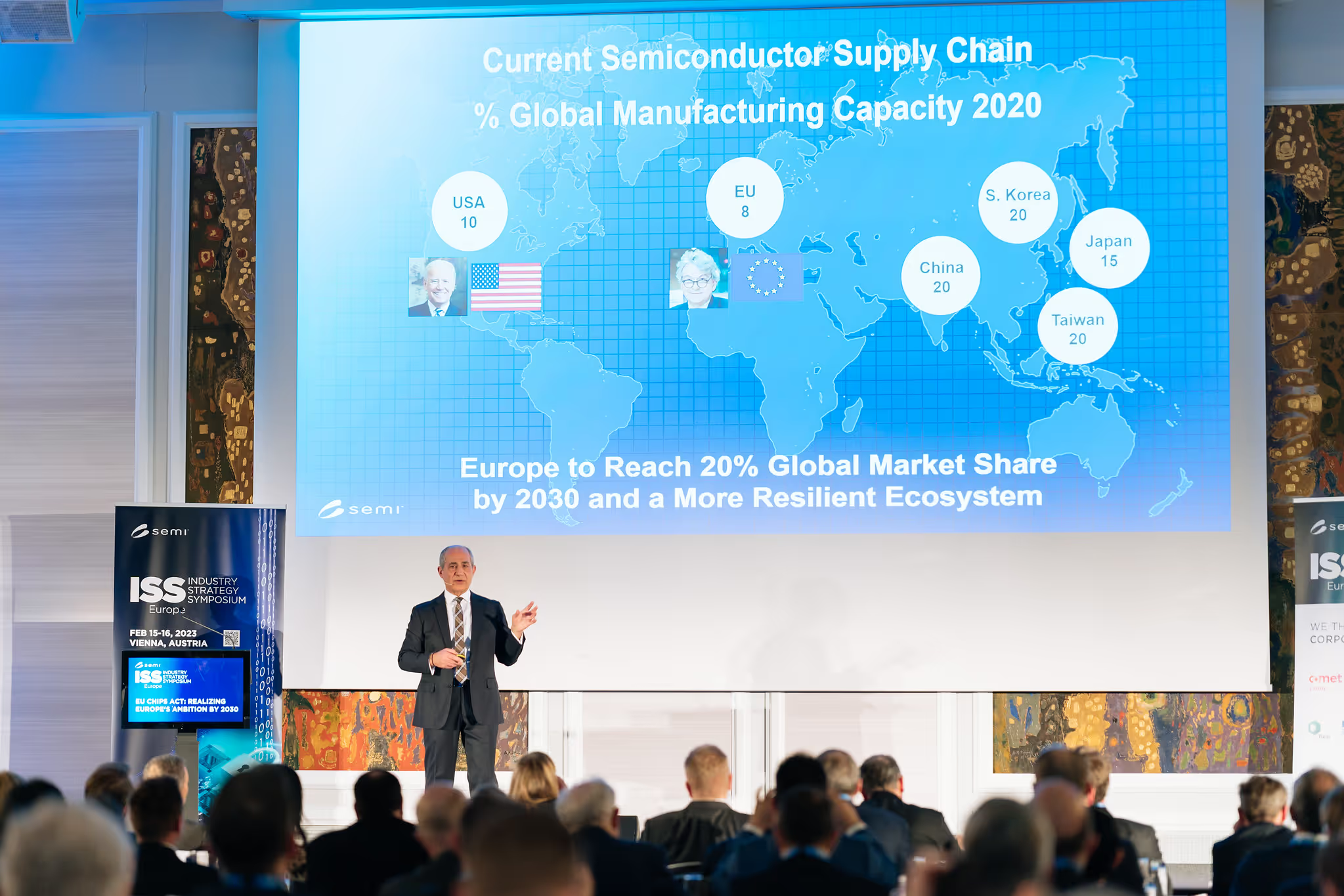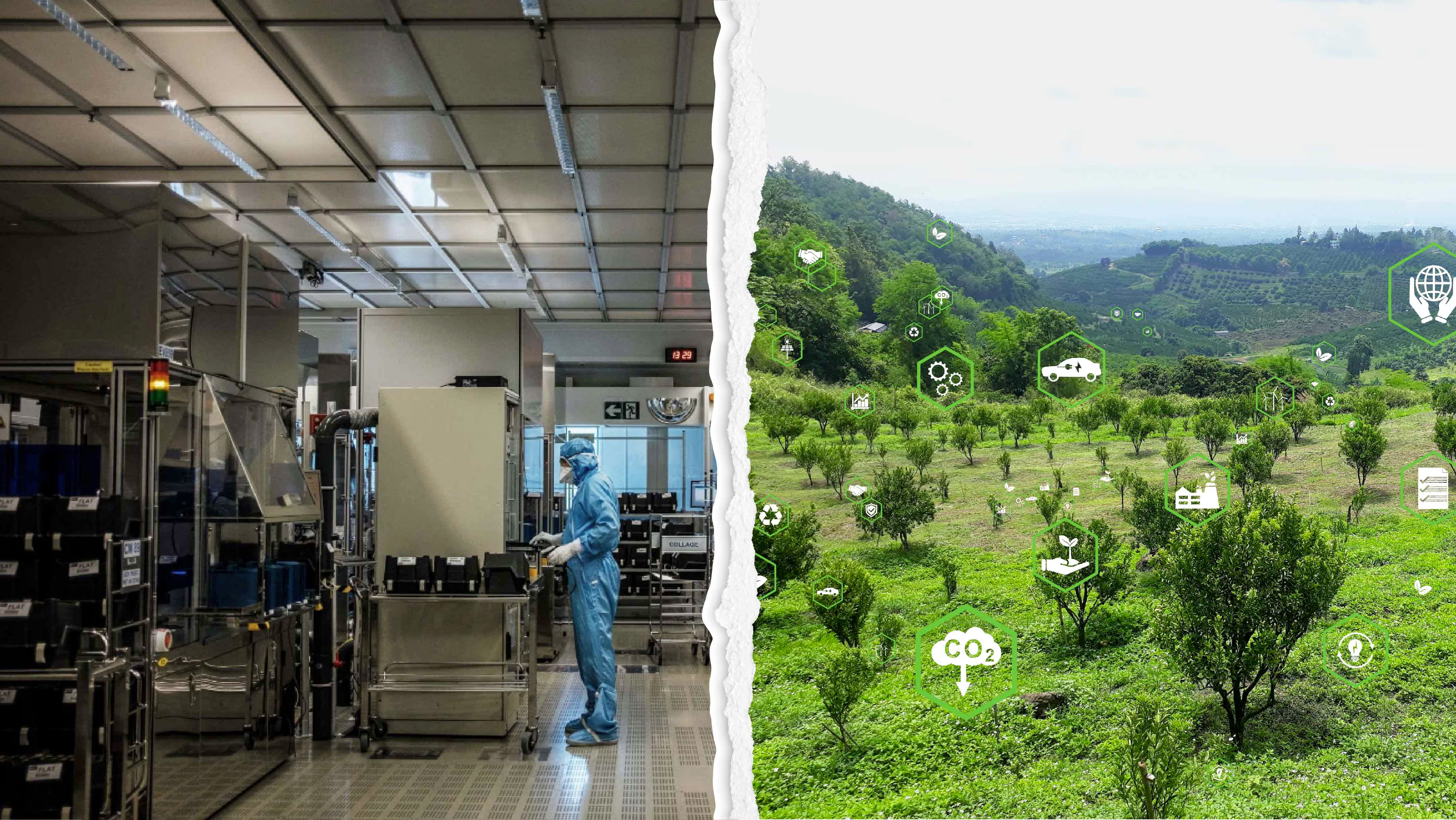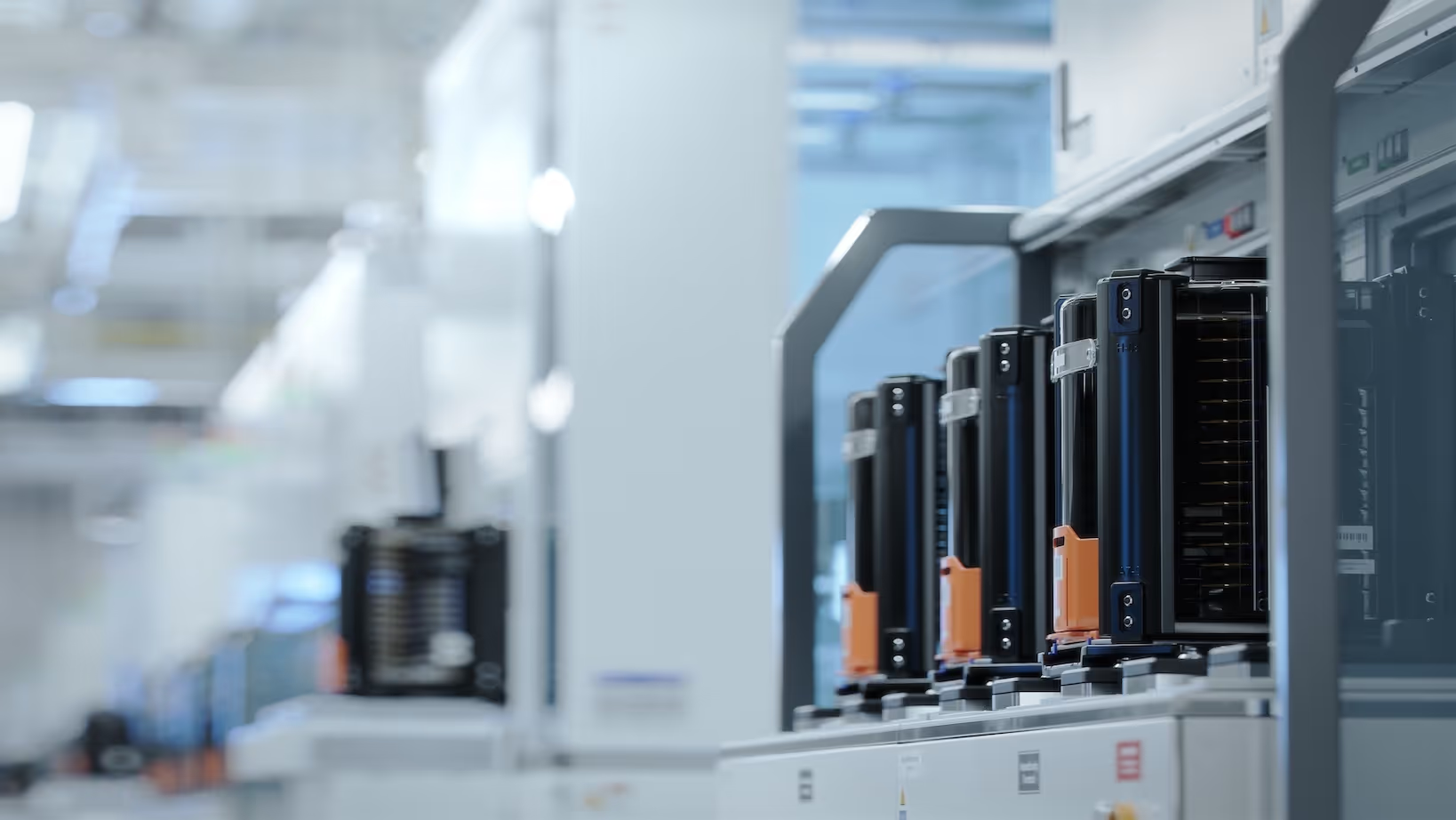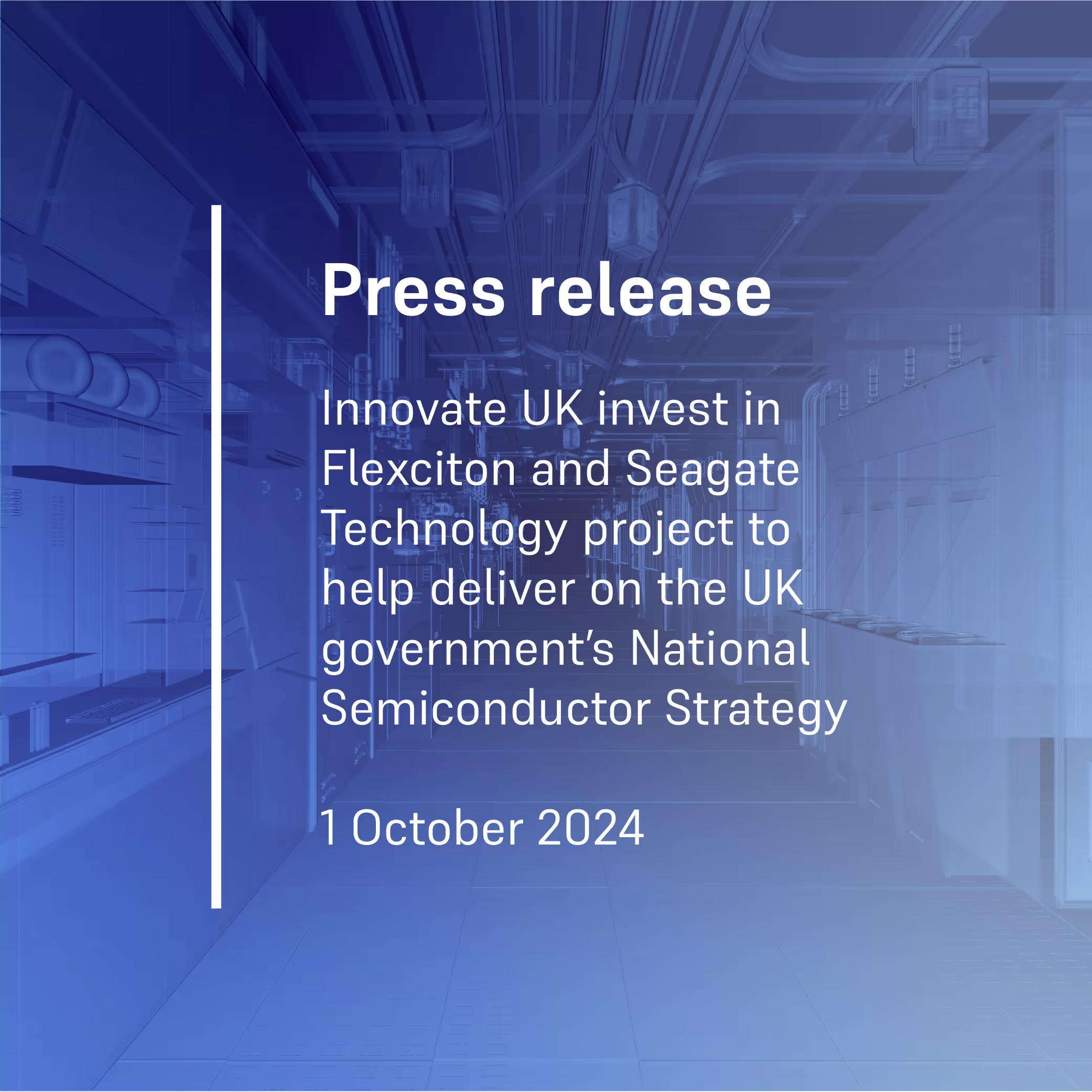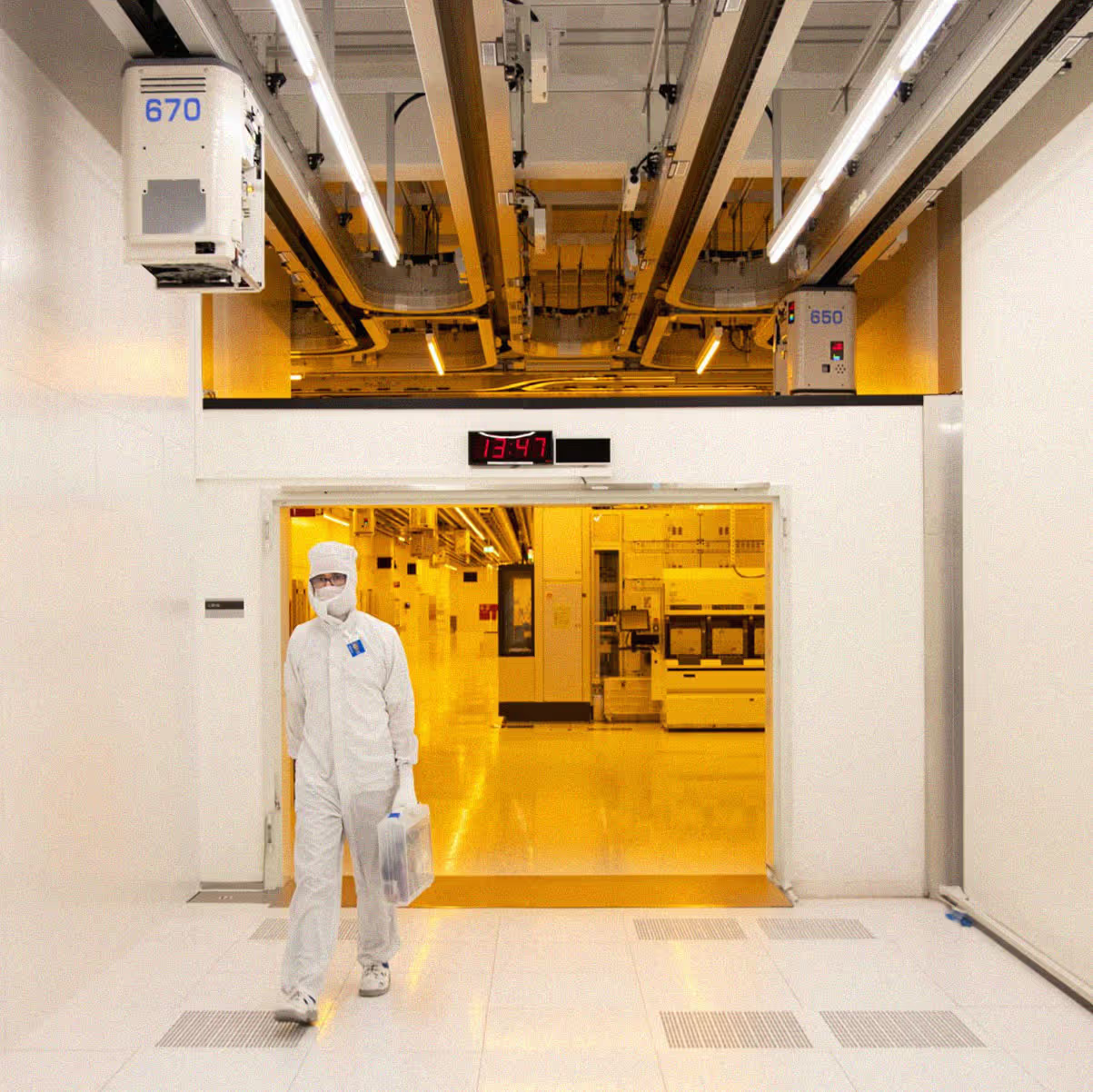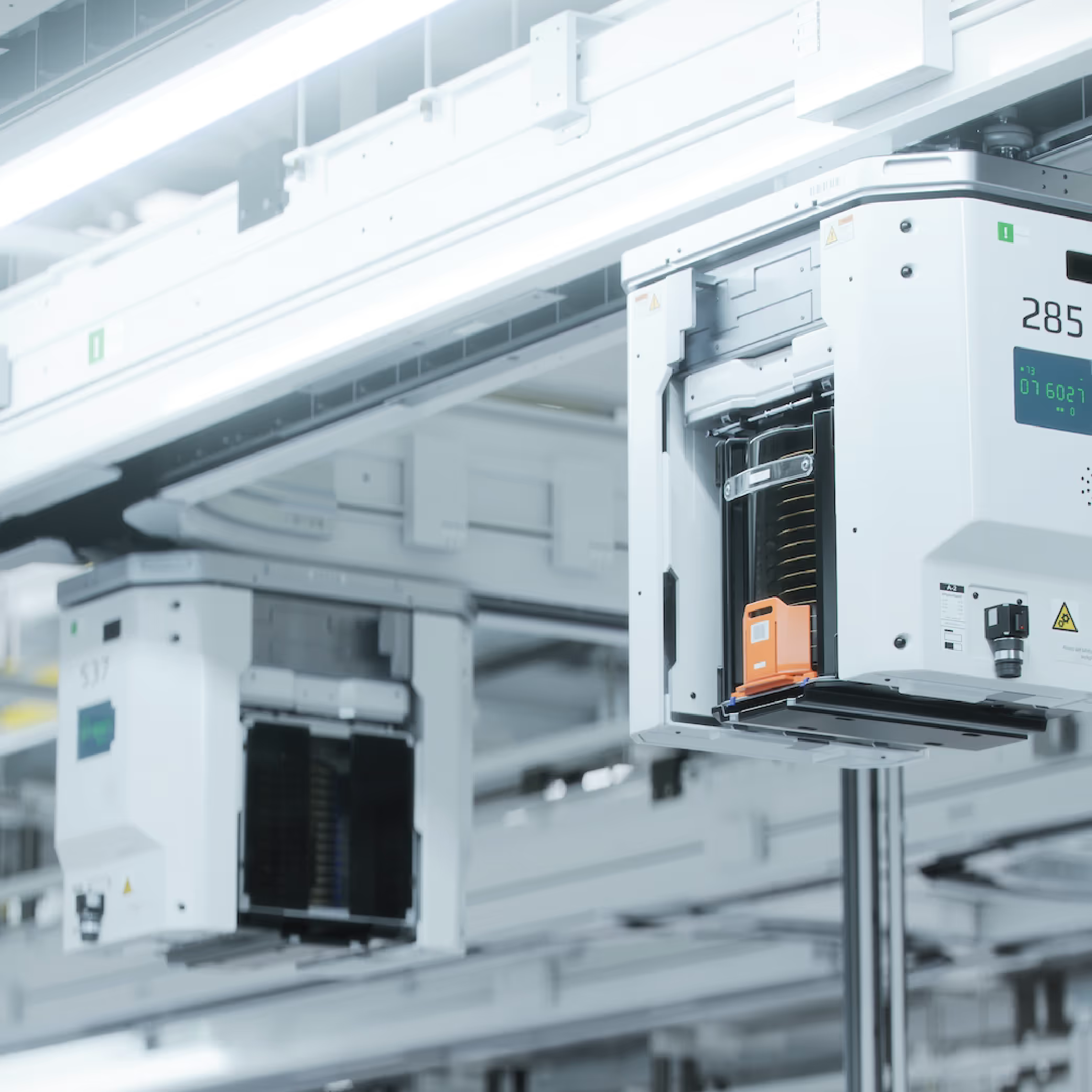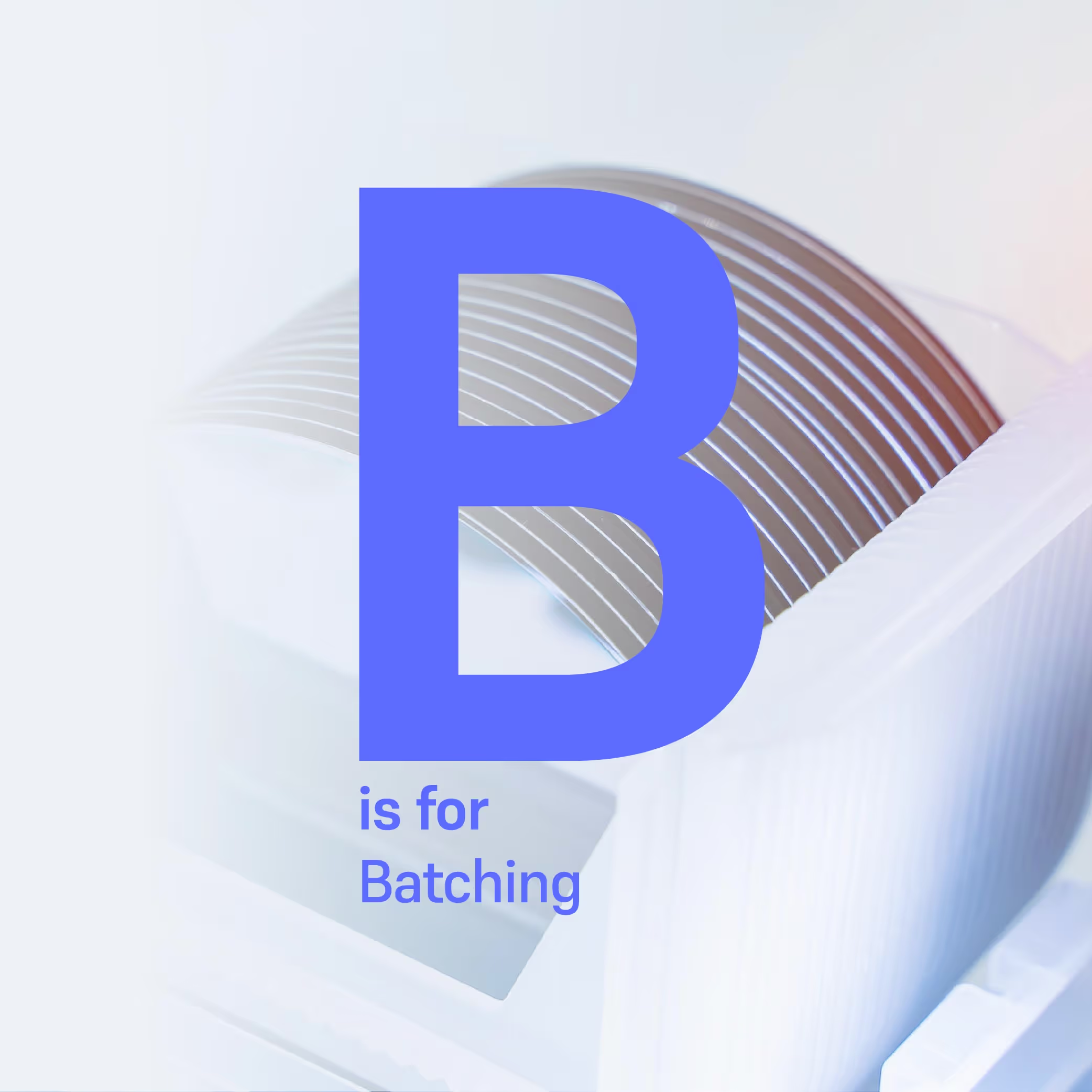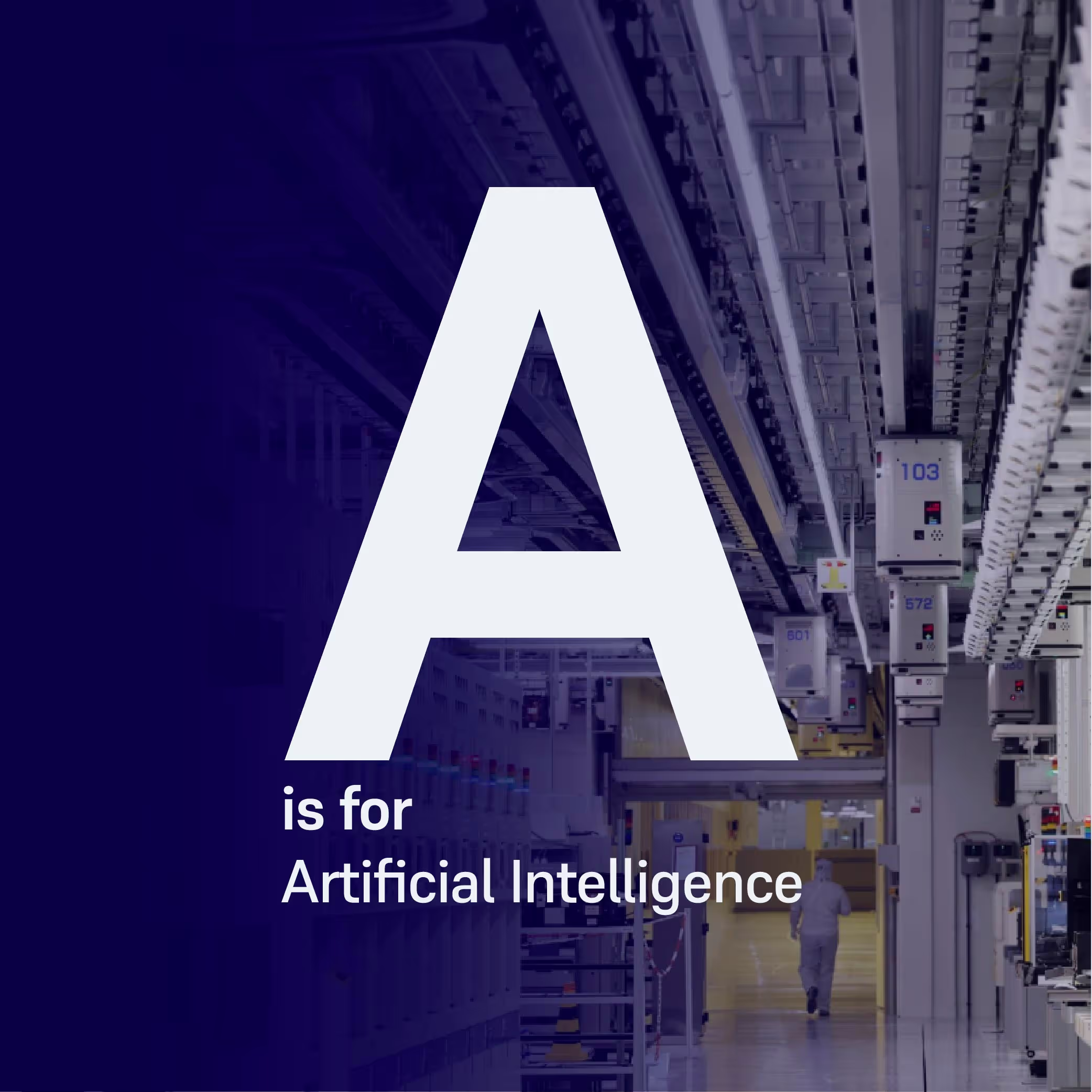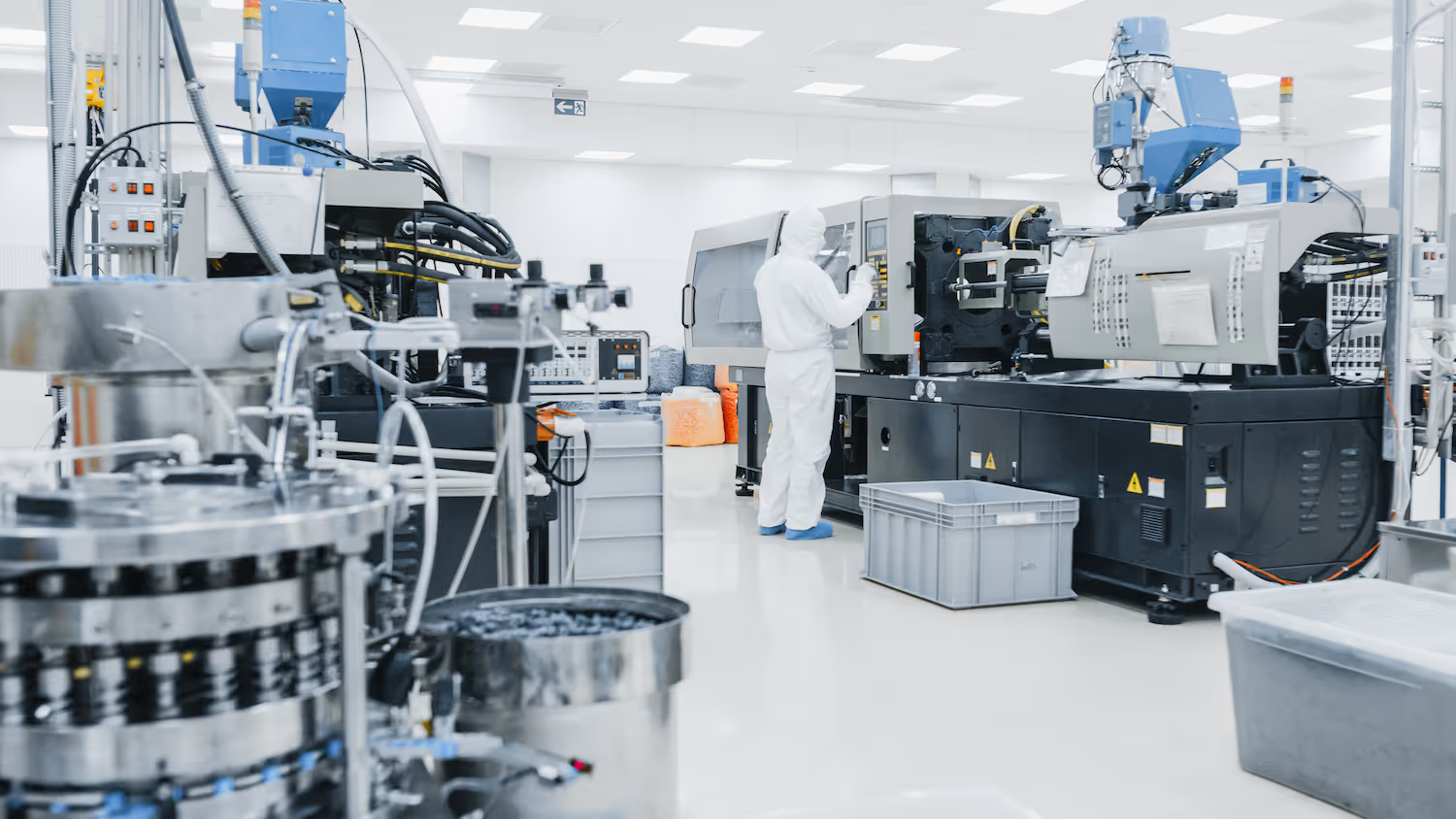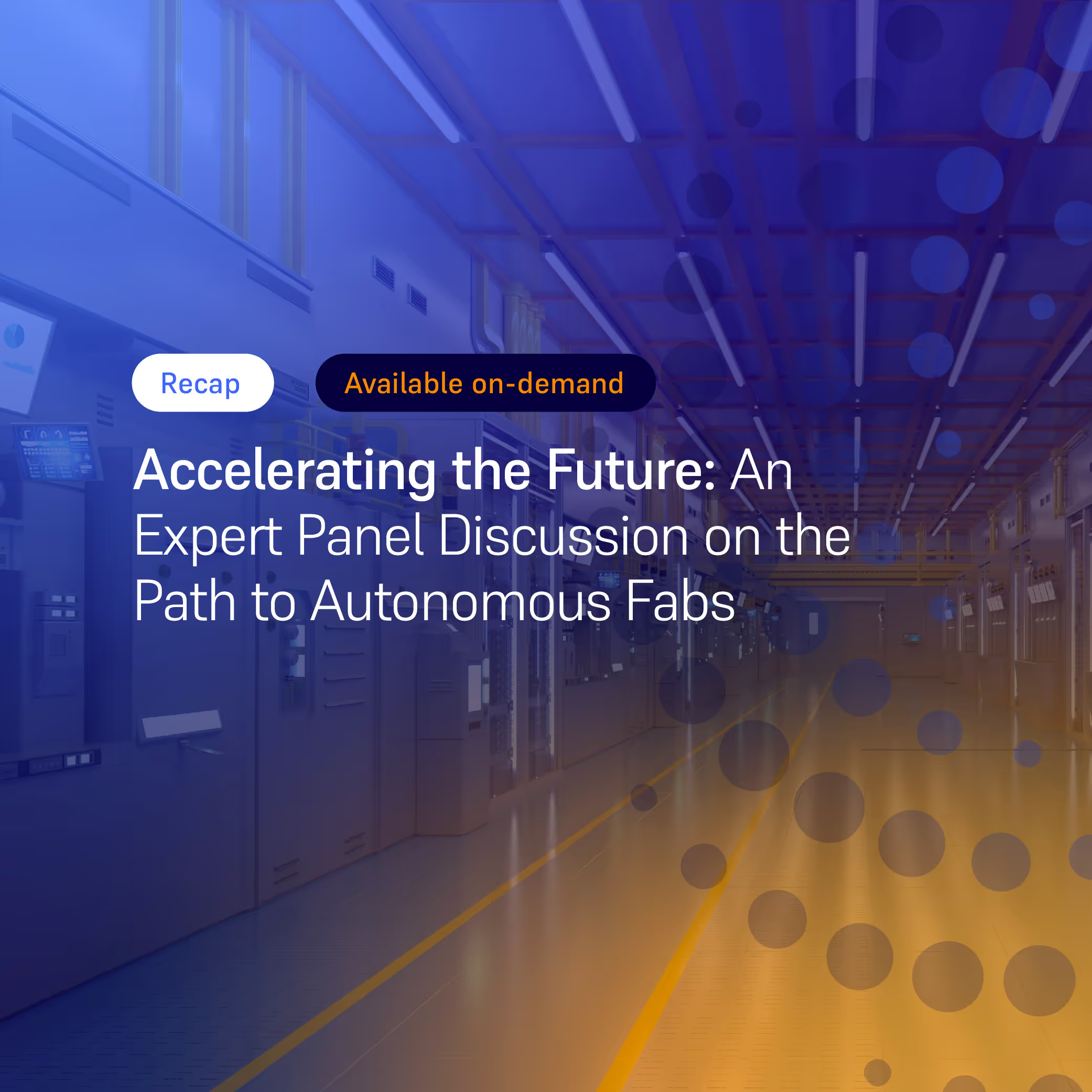Is Fear Holding Back The Chip Industry’s Future In The Cloud?
The semiconductor industry is at the cutting edge of technology – so why is it still so nervous about the cloud? Persisting with an outmoded security model means missing out on significant gains in manufacturing.
.avif)
The semiconductor industry is at the cutting edge of technology – so why is it still so nervous about the cloud? Persisting with an outmoded security model means missing out on significant gains in manufacturing.
Only the paranoid survive?
Perhaps more than any other sector in the world, the semiconductor industry is incredibly protective of its intellectual property (IP). Given the centrality of the silicon chip to modern life, that’s not surprising – companies are in a constant arms race to design and develop ever more sophisticated chips to meet the never-ending demand for innovation from their customers. A design breakthrough could be worth billions of dollars, and so the security of the relevant data is paramount.
And that’s not the only threat that keeps semi co security teams awake at night – there’s the security of the actual chips themselves to consider. An ongoing fear within both the industry and among government security agencies is that rogue code may be inserted into a chip either during development or the manufacturing process, making any system it becomes part of vulnerable to attack.
In fact, security of manufacturing – with many companies now sub-contracting to facilities in Asia – has been explicitly cited as a key reason for building more fabs in the US. In March 2022, President Joe Biden said that semiconductors are “so critical to our national security… that we’re going to create rules to allow us to pay a little more for them if they’re made in America.” In other words, security fears are so intense that the industry is willing to put prices up just for the supposed reassurance of having chips that aren’t produced overseas.
Although Biden’s worries over the threats to national security are not cloud related, they feed into a culture of fear that has become embedded into the semiconductor industry, hindering its advancement towards next-gen technologies.
The cloud revolution
The cloud has revolutionised the way that business works in the 21st century in a number of ways. For a start, it’s decentralised the IT function – applications that would previously have resided in on-premise server rooms are now accessed as a service via the cloud. This has significantly simplified the set-up and running of satellite offices and local branches because there’s no need to house and manage IT hardware at every location – all that’s needed is a connection to the internet.
But for hi-tech companies, the real advantage of the cloud is the ability to access vast amounts of computing power on demand. Whether it’s for data crunching a massive set of figures, running an AI model through its paces, or simply trying to crack a really complex problem, the muscle provided by cloud computing can dramatically speed the process up.
On the face of it, this would make the semiconductor industry an obvious candidate for the widespread adoption of cloud technology. But that hasn’t been the case. Limited adoption has taken place – though usually relating to ‘non-critical’ business functions – but compared to the companies they serve, semi cos have been conspicuously slow to embrace the potential of the cloud.
Outmoded assumptions and intransigence
For an industry on the cutting edge of technological innovation, the reasoning behind this state of affairs seems to be based on outdated assumptions, an indication perhaps of just how embedded the fear culture is. The security philosophy at many chip makers is still predicated on each separate facility being a castle under siege that needs to be protected from external attack. The idea of willingly opening up these defences to the cloud is anathema.
Another factor holding back the full embrace of the cloud at chip companies and fabs is the fear of change. Many IT and security managers simply don’t recognise the new world of serverless functionality that the cloud can bring, and are quite happy to stick with the existing model. And there are IT teams that do understand the possibilities of cloud, but are frightened by what they imagine will be a massive upheaval of their working lives and environment, from having to create new security policies to potentially making themselves redundant. Without the pressure to change that has come from the top in other industries, IT itself is blocking cloud adoption.
Yet as both design and manufacturing processes become more complex, this reluctance to change isn’t tenable in the long-term. As chips become more and more sophisticated, the need to access computing power at scale will increase – and that means companies either building bigger server farms and private data centres, or properly embracing the cloud paradigm.
The fact is that cloud security has improved immeasurably over the past decade. According to a recent report from Accenture, “Today’s cloud solutions offer enhanced security and automation technologies that aren’t available for on-premise systems, making cloud a better option for preventing IP theft.” And refusing to move with the times because it threatens to disrupt the status quo is an increasingly questionable excuse from an industry built on pushing the technological envelope.
Ultimately, semiconductor companies have only fear and intransigence holding them back from total cloud adoption.
The end of on-premise production scheduling?
If the industry is to continue to innovate and keep up with the demands of its customers, it needs to produce highly sophisticated, next generation chips at scale. The only way to do that is by adopting smart manufacturing practices and technologies - and that means fully embracing the cloud. Why? Because current on-premises scheduling systems are no longer fit for purpose to handle the new levels of manufacturing complexity that next gen chips demand.
In an enclosed, siloed environment, such as exists in most current fabs, a typical on-premise scheduling system will only have access to so much computing power. Traditionally, these constraints have resulted in a reliance on heuristics to predict and control production workflow, as this is the best that can be achieved with the resources available. However, although these systems often use real-time data, the decisions they make are still based on rules that are created based on human experience from the past. The dynamic nature of a fab means that these rules are never going to stay pertinent, thus resulting in suboptimal production decisions.
By connecting the fab to the cloud, these power constraints disappear – and with them the restrictions that previously forced fabs to use heuristics-based scheduling. With access to a new magnitude of compute, companies can deploy more sophisticated systems able to schedule production based on real-time information, and thus optimize the manufacturing process.
Thanks to the power of the cloud, this next generation of scheduling systems is able to use complex mathematical algorithms to search through the billions of possible WIP permutations and make the best scheduling decision with present-time accuracy. This AI-based approach to scheduling requires a huge amount of computing power to rapidly work out the fab’s optimal position, but the cloud makes it possible to perform these calculations at unparalleled speed.
In theory, it is possible to get good computational power on-premise. The system would most likely be chosen based on what is cost-effective at the time and the power needed to solve the problem a fab had on that day. However, new computational power becomes more available and cost effective all the time. Moreover, fab complexity can easily change. For example, introducing a larger product mix into the fab could exponentially increase the complexity of the scheduling problem. With cloud, you can improve your hardware – and hence your KPIs – almost immediately. Something that is extremely unlikely on-premise due to the practical implications for the IT department.
And what could be a greater incentive to become cloud-friendly than fab capacity increases of up to 10%, which is what we’ve seen using these next gen systems? That’s the type of figure which should help even the most security-conscious chip company to change their mind about cloud technology.
More resources
Stay up to date with our latest publications.

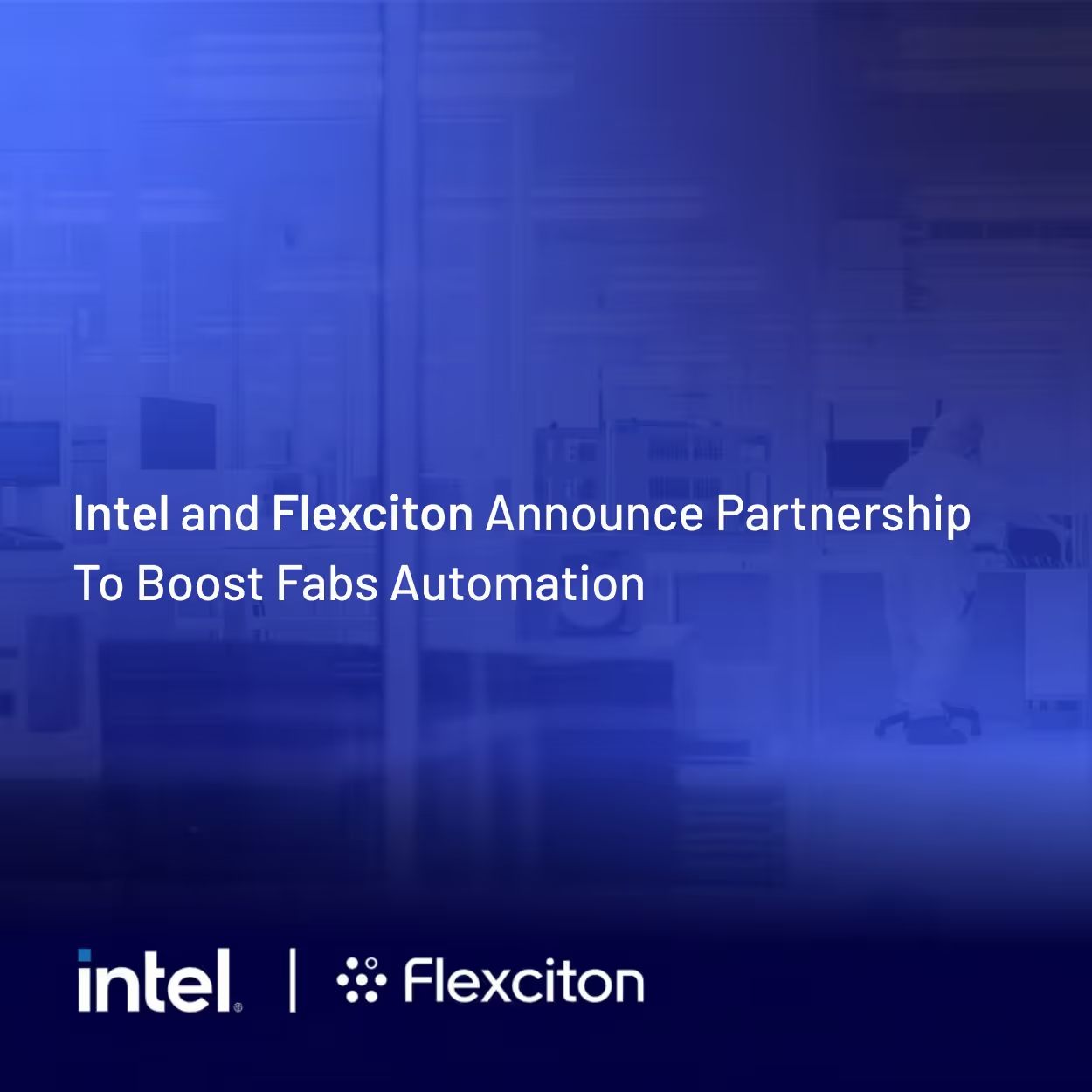



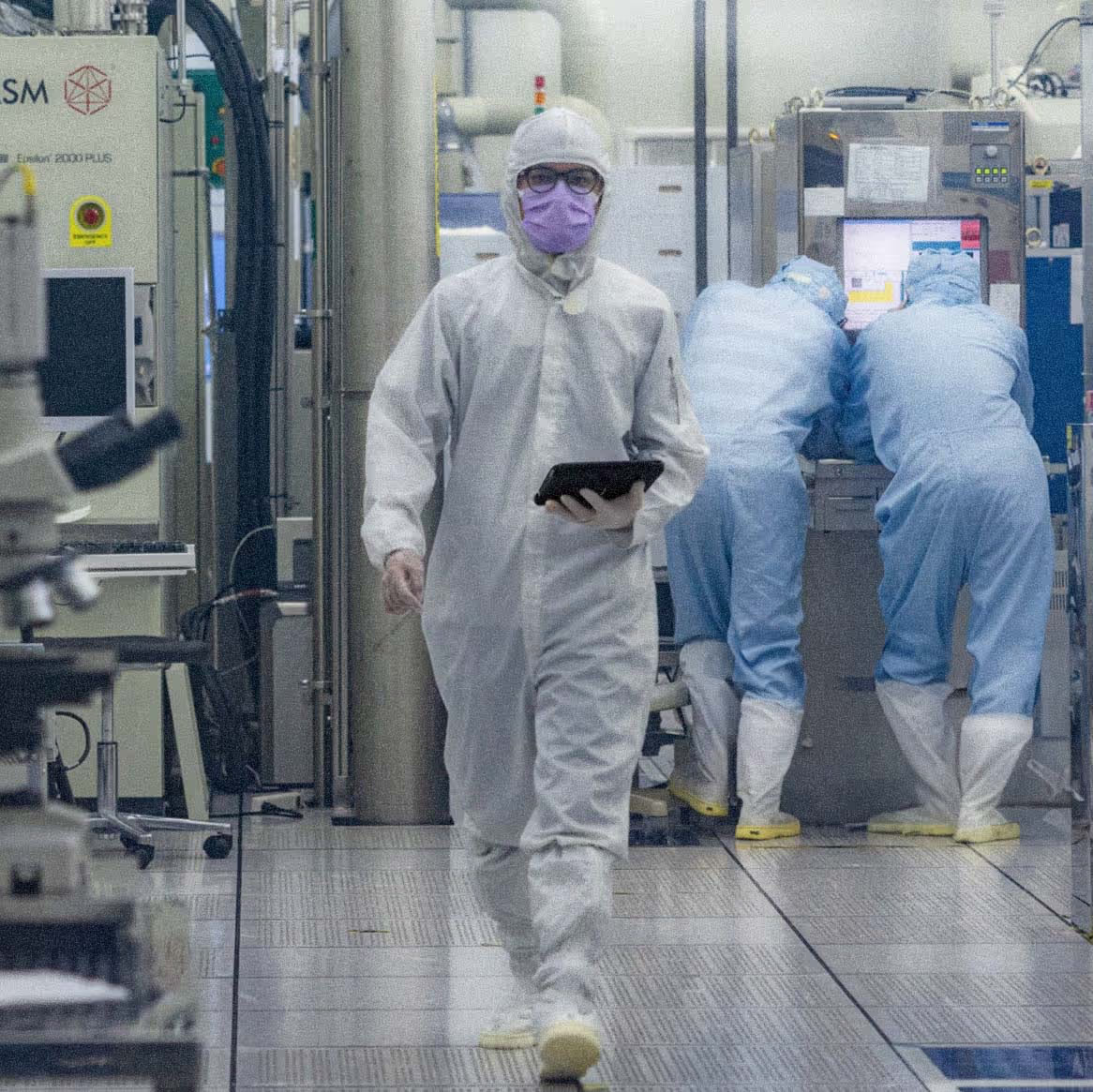
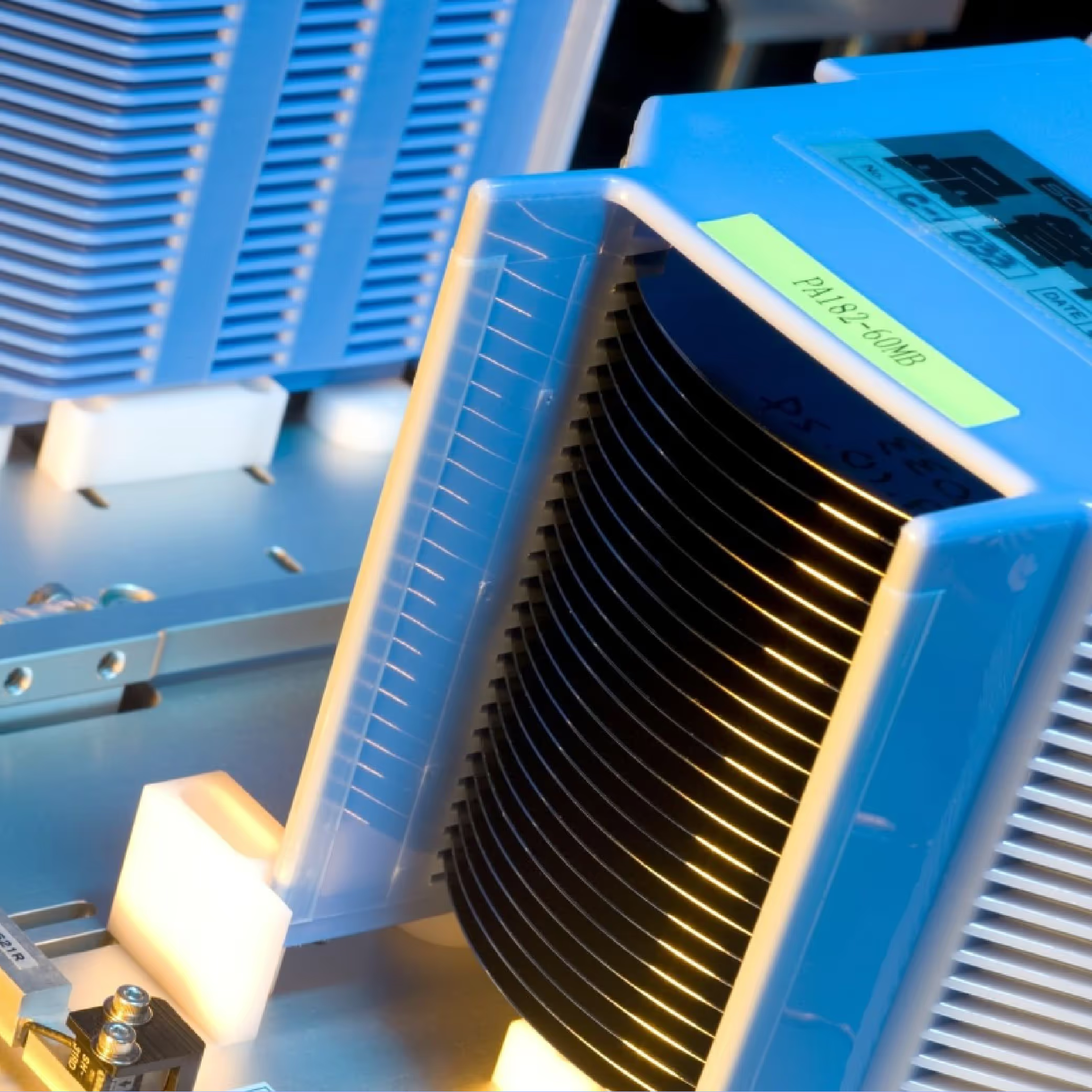
.avif)
.avif)




